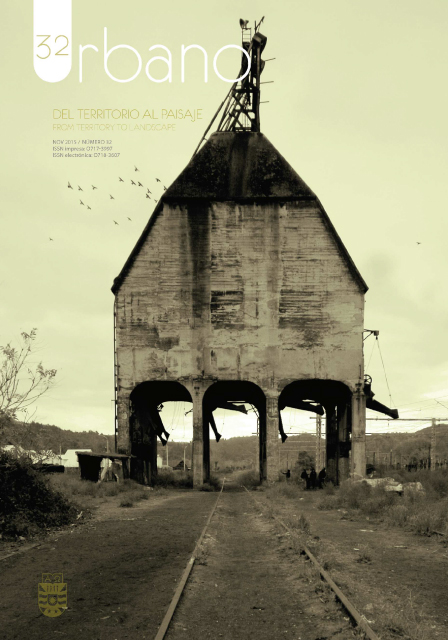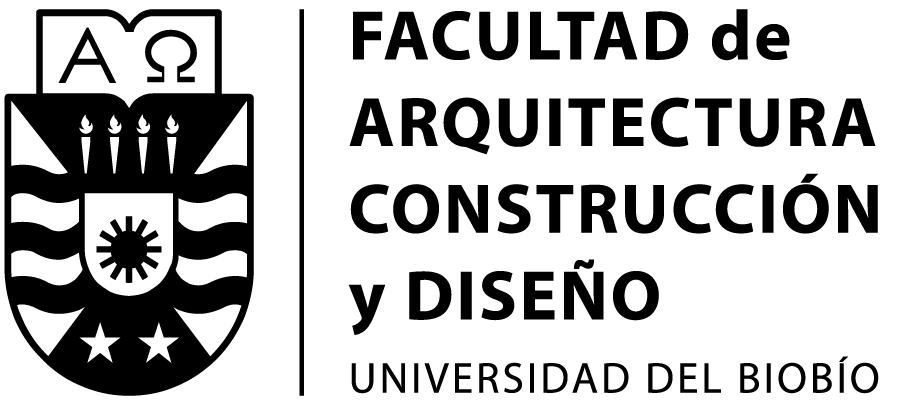Incidencia de la selección de la especie forestal en el confort térmico de cañones urbanos de zonas áridas: El caso de Mendoza, Argentina
Palabras clave:
balance energético, confort térmico, cañones urbanos forestados, especies forestales, zona áridaResumen
El incremento de vegetación urbana es una estrategia de mitigación de la isla de calor reconocida a nivel mundial. Este trabajo evalúa cómo el balance energético de un cañón urbano es afectado por combinaciones de la morfología de la trama urbana, la fisonomía forestal y la densidad de edificación del entorno construido. Se monitoreó el comportamiento térmico de verano de 16 cañones urbanos de 16, 20 y 30 m de ancho, localizados en alta y baja densidad de edificación, y forestados con tres especies predominantes en la ciudad, así como también uno de los casos sin forestar. Para evaluar el grado de habitabilidad de los espacios abiertos se utilizó el balance energético COMFA. Los resultados muestran que la adecuada selección de la especie forestal es clave para maximizar la eficiencia energética y la habitabilidad de los espacios urbanos en las áreas de baja densidad de edificación presentes en la ciudad.
Descargas
Citas
AKBARI, H., DAVIS, S., DORSANO, S., HUANG, J. & WINERT, S. (Eds.). Cooling our Communities. A Guidebook on Tree Planting and Light-Colored Surfacing. 1º ed. Washington: US Environmental Protection Agency, Office of Policy Analysis, Climate Change Division, 1992.
ALCHAPAR, Noelia Liliana, CORREA, Erica Norma & CANTÓN, María Alicia. Classification of building materials used in the urban envelopes according to their capacity for mitigation of the urban heat island in semiarid zones. Energy and Buildings. 2014, nº 69, pp. 22-32. [Consultado 22 octubre 2015]. DOI: 10.1016/j.enbuild.2013.10.012
ALEXANDRI, Eleftheria & JONES, Phillip John. Temperature decreases in an urban canyon due to green walls and green roofs in diverse climates. Building and Environment. 2008, nº 43, pp. 480-493. [Consultado 22 octubre 2015]. DOI: 10.1016/j.buildenv.2006.10.055
BLANC, Patrick. The vertical garden in nature and the city. 1º ed. New York: W. W. Norton & Company Ltd., 2008.
BOCHACA, Fabián. El verde en la estructura urbana de Mendoza. ARQ. 2005, nº 60, pp. 68-71. [Consultado 22 octubre 2015]. Disponible en: http://www.scielo.cl/scielo.php?pid=S0717-69962005006000013&script=sci_arttext
BÓRMIDA, Eliana. Mendoza, una ciudad oasis. Facultad de Diseño, Arquitectura y Urbanismo. Revista de la Universidad de Mendoza. 1984, nº 226, pp. 68-72. [Consultado 22 octubre 2015]. Disponible en: www.um.edu.ar/ojs-new/index.php/RUM/article/download/189/213
BROWN, Robert D. & GILLESPIE, Terry J. Microclimate landscape design. 1º ed. New York: John Wiley & Sons, 1995.
CLARK, James R. & MATHENY, Nelda P. A model of Urban Forest sustainability: application to Cities in the United States. Journal of Arboriculture. 1998, nº 24(2), pp. 112-120.
CORREA, Erica Norma, DE ROSA, Carlos & LESINO, Graciela. Isla de calor urbana. Distribución espacio-temporal de temperaturas dentro del Área Metropolitana de Mendoza. Avances en Energías Renovables y Medio Ambiente. 2006, nº 10(11), pp. 121-128. [Consultado 22 octubre 2015]. Disponible en: http://www.cricyt.edu.ar/asades/averma.php
CORREA, E., MARTINEZ, C.F. & CANTÓN, M.A. Influencia del uso de distintas magnitudes forestales sobre el comportamiento térmico de los cañones urbanos. El caso de la primera magnitud en ciudades de zonas áridas. Avances en Energías Renovables y Medio Ambiente. 2008, nº 12(1), pp. 155-162. [Consultado 22 octubre 2015]. Disponible en: http://www.cricyt.edu.ar/asades/averma.php
AUTOR, et al., 2012.
ESPAÑA. Real Decreto 1027/2007. Reglamento de Instalaciones Térmicas en los Edificios (RITE). Boletín Oficial del Estado. 2007, nº 207, 35931-35984.
MCPHERSON, E.G. Structure and sustainability of Sacramento’s urban forest. Journal of Arboriculture. 1998, nº 24(4), pp. 174-190.
NOWAK, D.J., CRANE, D.E. & DWYER, J.F. Compensatory Value of Urban Trees in the United States. Journal of Arboriculture. 2002, nº 28, pp. 194-199.
OKE, T.R. The Energetic Basis of the Urban Heat Island. Quarterly Journal of the Royal Meteorological Society. 1982, nº 108, pp. 1-24.
ROSENFELD, A., AKBARI, H., ROMM, J. & POMERANTZ, M. Cool communities: strategies for heat island mitigation and smog reduction. Energy and Buildings. 1998, nº 28, pp. 51-62. [Consultado 22 octubre 2015]. DOI:10.1016/S0378-7788(97)00063-7
AUTOR, 2013.
AUTOR & AUTOR, 2015.
SAILOR, D.J. & MUNOZ, J.R. Sensitivity of electricity and natural gas consumption to climate in the USA: Methodology and results for eight states. Energy. 1997, nº 22, pp. 987-998. [Consultado 22 octubre 2015]. DOI:10.1016/S0360-5442(97)00034-0
SANTAMOURIS, Mattheos. Energy and Climate in the Urban Built Environment. 1º ed. London: James & James, 2001.
SANTAMOURIS, M., PAVLOU, K., SYNNEFA, A., NIACHOU, K. & KOLOKOTSA, D. Recent progress on passive cooling techniques. Advanced technological developments to improve survivability levels in low-income households. Energy and Buildings. 2007, nº 39, pp. 859-866. [Consultado 22 octubre 2015]. DOI:10.1016/j.enbuild.2007.02.008
STATHOPOULOU, E., MIHALAKAKOU, G., SANTAMOURIS, M. & BAGIORGAS, H.S. On the impact of temperature on tropospheric ozone concentration levels in urban environments. Journal of Earth System Science. 2008, nº 117(3), pp. 227-236. [Consultado 22 octubre 2015]. Disponible en: http://www.ias.ac.in/jess/jun2008/jess177.pdf
WONG, N., TAN, A.Y.K., TAN, P.Y. & WONG, N.C. Energy Simulation of Vertical Greenery Systems. Energy and Buildings. 2009, nº 41(12), pp. 1401-1408. [Consultado 22 octubre 2015]. DOI:10.1016/j.enbuild.2009.08.010
Descargas
Publicado
Cómo citar
Número
Sección
Licencia
El contenido de los artículos y reseñas que se publican en cada número de Urbano, es responsabilidad exclusiva de los autores y no representan necesariamente el pensamiento ni comprometen la opinión de la Universidad del Bío-Bío.
Las/os autoras/es conservarán sus derechos de autor, sin embargo, garantizarán a la revista el derecho de primera publicación y difusión de su obra. La publicación del artículo en Urbano estará sujeta a la Licencia de Reconocimiento de Creative Commons CC BY-SA que permite a otros compartir-copiar, transformar o crear nuevo material a partir de esta obra para cualquier propósito, incluso comercialmente, siempre y cuando se reconozcan la autoría y la primera publicación en esta revista, y sus nuevas creaciones estén bajo una licencia con los mismos términos.![]()























